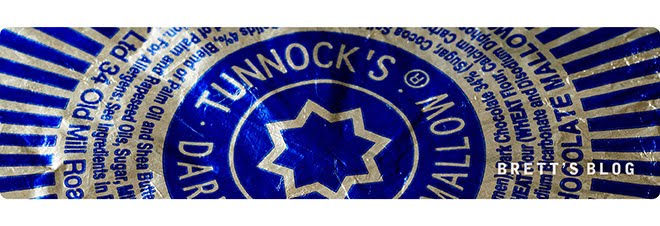
CoverFlow is a free (Mac-only) program that does one task very well indeed. It allows you to browse your iTunes song collection in a similar way to which you would if you were browsing through your CD (or LP!) rack. When you find the album you want to listen to, you double-click on it and a temporary playlist is created in iTunes. Elegant, and a definite boon to those of us (very old people) who are used to choosing our music in this fashion.
You can jump to a particular letter using keyboard commands, or search for albums by name... and if you have a sideways scrolling mouse, you can 'flick' through the covers (if you don't, the arrow keys work just fine).
I've been using CoverFlow for a while now and it is elegant and enjoyable to use, with the following caveats:
- If you haven't already done so, you will spend hours downloading cover artworks for your iTunes tracks. Not just for ones that you haven't already got, but for the ones that now look shoddy when displayed in this way.
- It uses a LOT of hard-drive memory. Cataloguing my 20,000 song collection added half a gigabyte of CoverFlow specific files to my hard drive.
- It requires a fast Mac, running Tiger (it runs OK on my 1.33 GHz PowerBook, but check the system requirements listed on the CoverFlow site before downloading it).
- It is still a beta product, so it can be flaky, especially when first loading the cover artworks.
– Albums are alphabetised by the first letter of the album's artist, just like iTunes... this is another limitation of digital, hard to think how this could be solved without a clumsy 'Apple, Fiona' type listing convention.
- You can't choose multiple albums.
- Like any digital product, it can only work with the data it has, if you haven't labelled your music properly, it won't display it properly... you can't flip the covers over to look at the back, or zoom in to read the tracks, pull out the inserts to read the lyrics, etc, etc... of course, all these things would be theoretically possible, but would entail even larger memory overheads (and hard work on the part of the user!).
If any of you do try it out, I'd be interested to know what you think of it. And if there is a similar program avaiable for PCs, let me know.
------------

No comments:
Post a Comment